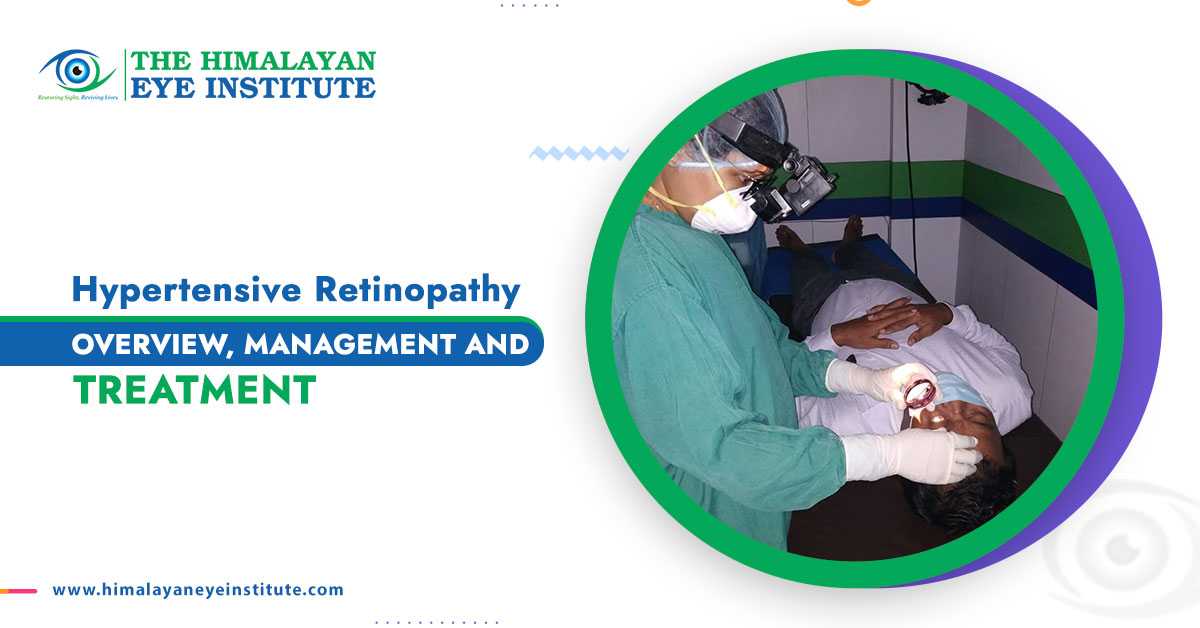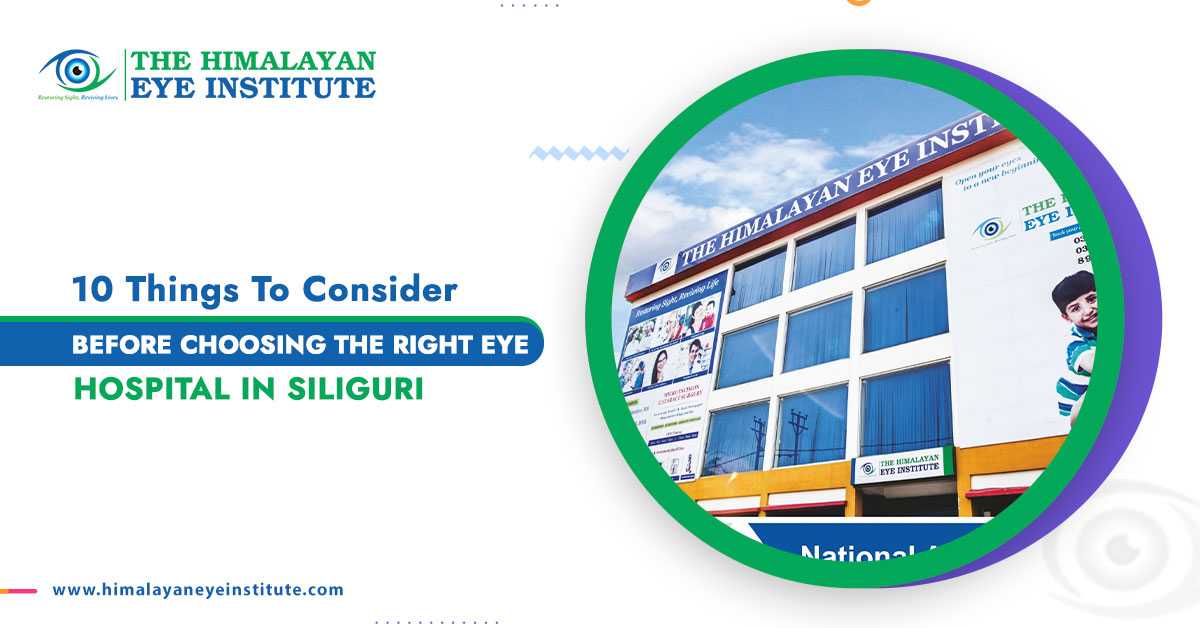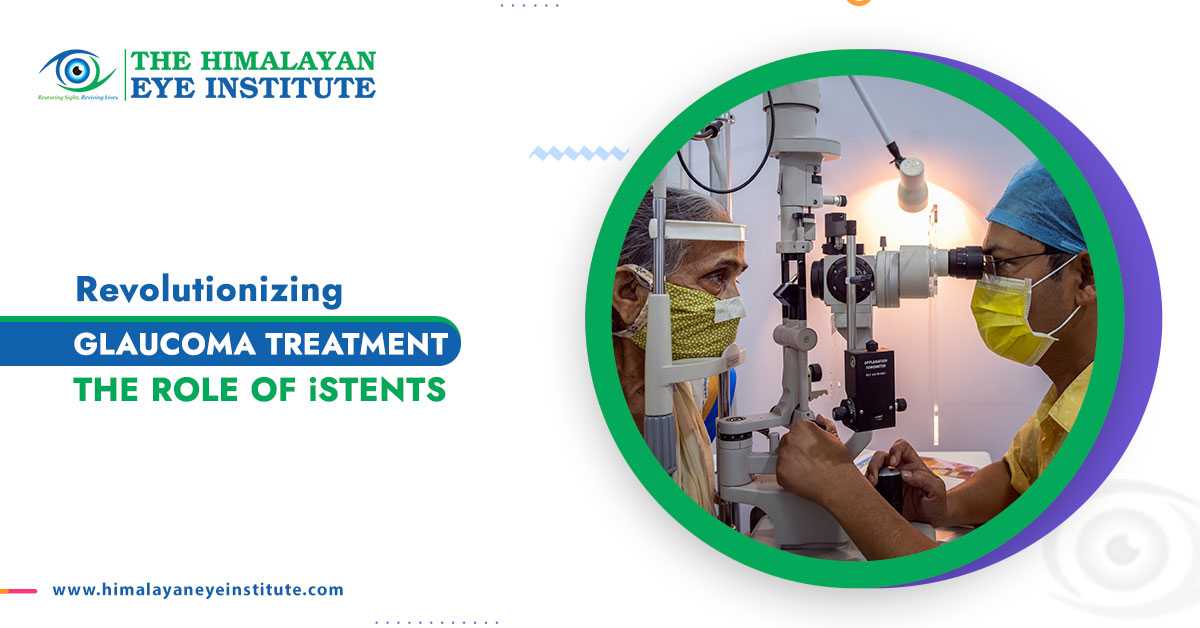Myopia is a widely common vision problem in children, also called nearsightedness. Though the specific cause is unknown, researchers think it can be connected to spending more time indoors performing close-up activities like playing video games, extensive reading, and using computers.
However, myopia is not a pediatric eye condition. It typically manifests in childhood, but nearsightedness can affect anyone. See your eye specialist at Himalayan Eye Institute for myopia treatment in Siliguri that effectively works for kids' health.
How Common Is Myopia In Children?
As per studies, myopia usually starts between the ages of six and fourteen.
Myopia or nearsightedness is very common among children, affecting about:
- Preschoolers: About 5%
- School-aged children: About 9%
- Adolescents: About 30%
Medical data show one in four parents has a kid with some level of nearsightedness or myopia.
Overview of Myopia – What Is It?
Myopia means nearsighted in which kids see near objects clearly but have difficulty seeing or focusing on distant objects. It is an eye-focusing disorder. In this refractive error, the light rays focus in front of the retina instead of directly on it.
This refractive error makes objects that are farther away appear blurry while close-up objects are clear. It can range from mild to severe myopia (greater than -6.00 diopters). Severe myopia poses significant visual challenges and, if untreated, may increase the risk of other eye conditions like cataracts, myopia maculopathy, and glaucoma.
Children may have high myopia if their corneas are too steep or their eyeballs are too long. Nearsightedness results from light rays not focusing on the retina in your child’s eye as they should when the eye lengthens into an oval form instead of the proper round shape. Visit the top eye hospital in Siliguri for comprehensive eye treatments for your child.
Myopia in Children - Causes and Risk Factors
Myopia typically manifests in childhood, often becoming noticeable between ages 6 and 12. Here are several factors linked to the development of myopia in children:
- Genetics: Kids with one or both parents with myopia are at a higher risk of developing it themselves. Studies show that having two myopic parents increases the likelihood of a child having myopia by as much as 77%.
- Lifestyle Factors: Modern lifestyles, which often involve long-term close-up activities such as computer use, and excessive screen time, can contribute to myopia in kids. Due to a lack of exposure to natural light, children today spend more time indoors than ever before, which is thought to raise the risk of myopia in our little ones.
- Education and Early Academics: Higher rates of myopia may be associated with early and high academic demands that need close work and extensive reading.
Myopia - What are the Complications?
For kids with myopia, eye specialists treat this with eyeglasses, contact lenses, or corrective surgery, like LASIK. In some cases of pathologic myopia, there are some following risks:
- Glaucoma
- Cataracts
- Optic neuropathy
- Neovascularization
- Retinal detachment
Knowing the Symptoms of Myopia in Children
It can be difficult to detect myopia in young children, especially if they are unable to express their visual problems. Teachers and parents should be on the lookout for symptoms like:
- Because squinting temporarily improves focus, children may squint to view distant objects more clearly.
- With myopia, children may have trouble seeing the board in class or identifying faces or items that are far away.
- Sitting near screens or books more often is a sign here. A child may have vision problems if they habitually sit too close to the TV or hold books and electronics too close to their faces.
- Regular headaches and eye rubbing may indicate myopia in children. Trying to focus on fuzzy visuals might cause eye strain, which can cause headaches or eye rubbing in your child.
- Since vision is essential for reading and learning, a child's performance in school may drop if they have undetected myopia.
Diagnosing Myopia in Children
Ideally, a first eye test on your child should be performed before the age of one. If your child doesn't seem to have any eye problems, schedule a follow-up eye test before kindergarten. Routine eye exams are essential, even for kids without vision issues, at least once a year.
A paediatrician may recommend a paediatric ophthalmologist or optometrist if the doctor observes any visual problems or suspects myopia. A comprehensive eye examination by an optometrist or ophthalmologist is necessary to diagnose myopia in children.
An eye examination here typically includes:
- Testing the child’s visual acuity when a healthcare provider asks them to read letters on a chart from a distance.
- Using a retinoscope to assess how light reflects off the retina helps find refractive errors.
- Performing a refraction test, which tells the exact prescription needed to correct vision in your child.
To manage myopia in children and stop its progression, early detection is vital. If left untreated, undiagnosed, or poorly managed, myopia can raise the chance of severe eye problems in later life, such as retinal detachment, glaucoma, optic neuropathy, myopic optic retinopathy, and unwanted blood vessels in the eye. Consult your eye doctor at the leading eye centre in Siliguri for myopia in children.
Mypoia – Knowing the Treatment Options
There are medical care options to effectively manage or treat myopia in children. But there is no way to reverse myopia once occurred.
Myopia Treatment Options for Kids
Here are the most common methods to manage nearsightedness in children optimally:
- Corrective Lenses (Eyeglasses or Contact Lenses): The most common solution for myopia in children provided by eye specialists is prescription eyeglasses. Eyeglasses help your kids refocus light on the retina, which provides clear vision at all distances possible. For adolescents and teenagers, contact lenses may also be an option, but responsible handling is a must. Therefore, eyeglasses are a safer option here.
- Orthokeratology (Ortho-K): For children with affected distance vision during the day, orthokeratology can be a great solution. It involves wearing contact lenses overnight. The lenses, also known as Ortho-K, flatten your cornea as your children sleep. The following day, distant images appear sharper as light from the reshaped cornea lands on the retina.
- Low-Dose Atropine Eye Drops: An eye specialist may prescribe low-dose atropine eye drops to slow down the progression of myopia. Children aged 5 to 18 are treated for myopia with low-dose atropine. Every night before bed, your eye doctor may advise you to apply the drops.
- Lifestyle Modifications: To prevent the risk of myopia, increase outdoor time, encourage breaks during close-up activities, and manage screen time. This can help slow myopia and myopia progression in your child.
With the growing number of myopia cases among children, parents, educators, and healthcare professionals need to stay informed about this condition. By understanding the causes, symptoms, and importance of treatment, we can help protect children’s vision and reduce the risk of serious complications of myopia in kids in advancing years.
While contact lenses or spectacles are used as treatments, surgery can be an option for your kid to improve vision later in life. Visit the top paediatric ophthalmologist to get your child effective and personalized myopia treatment in Siliguri.







